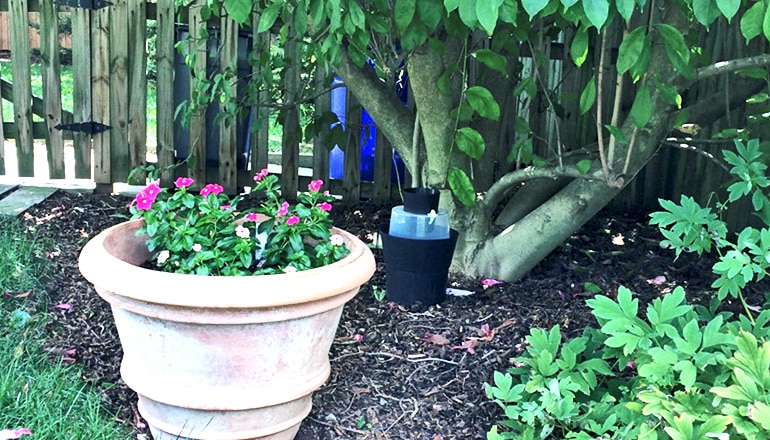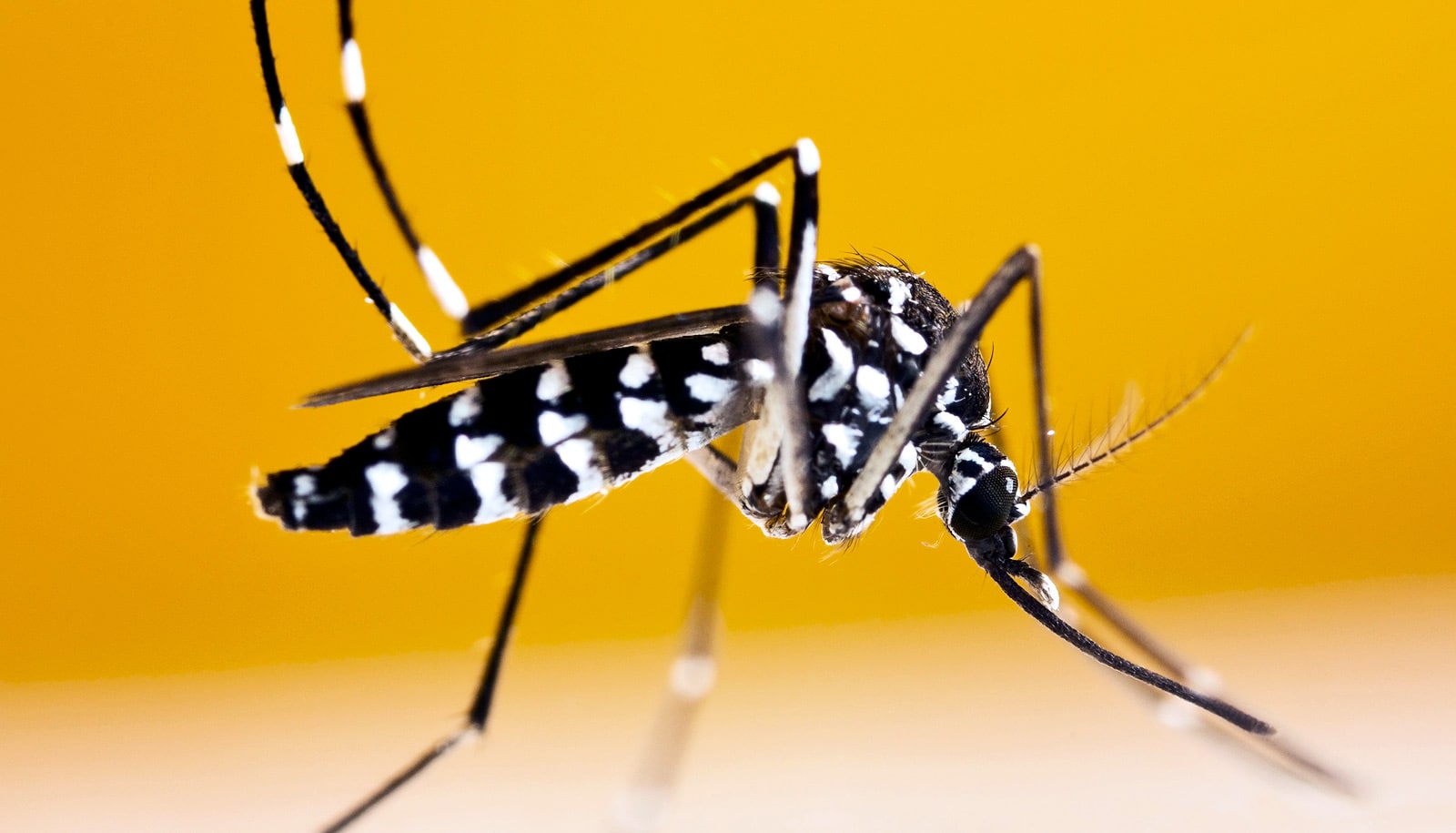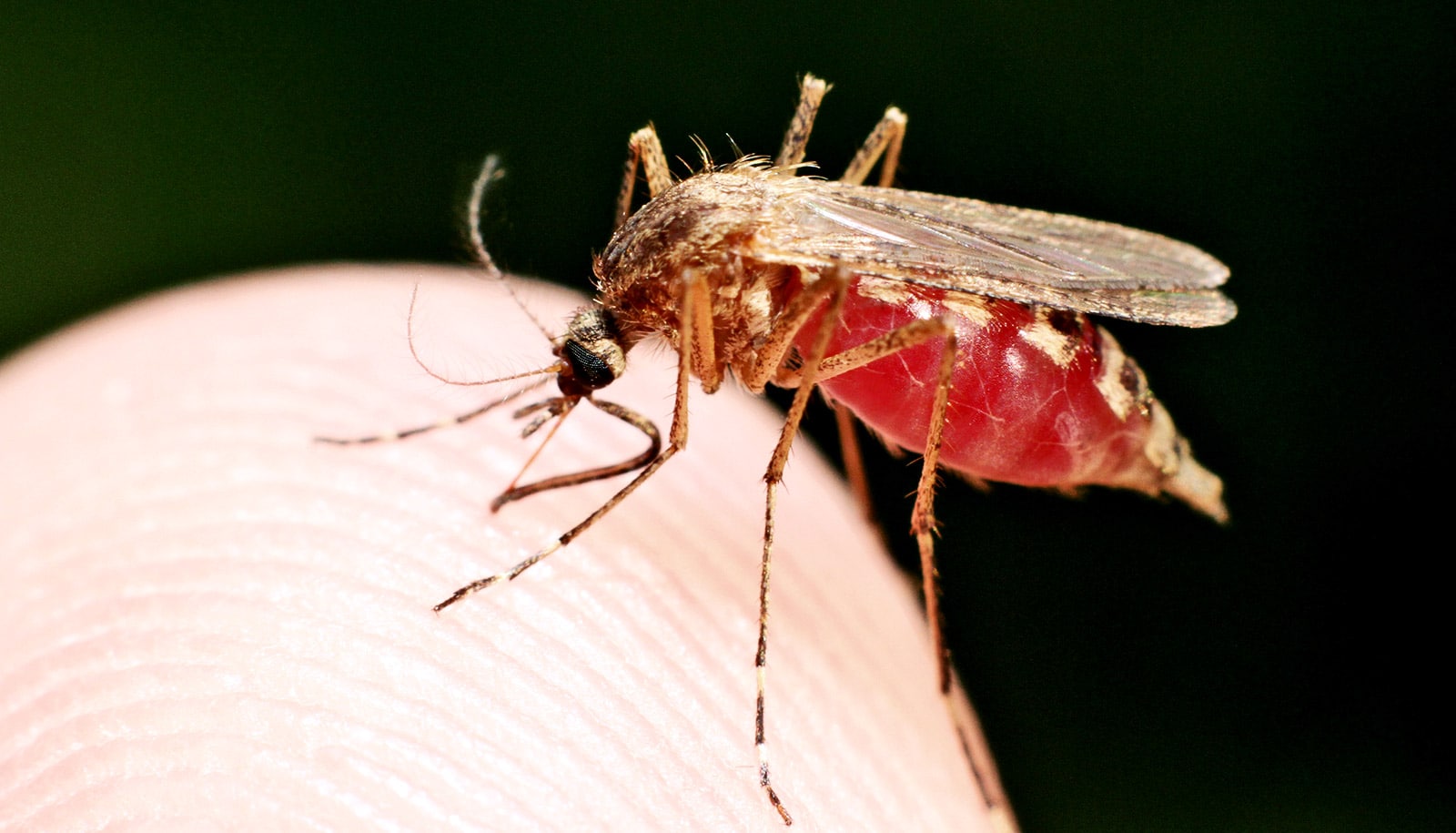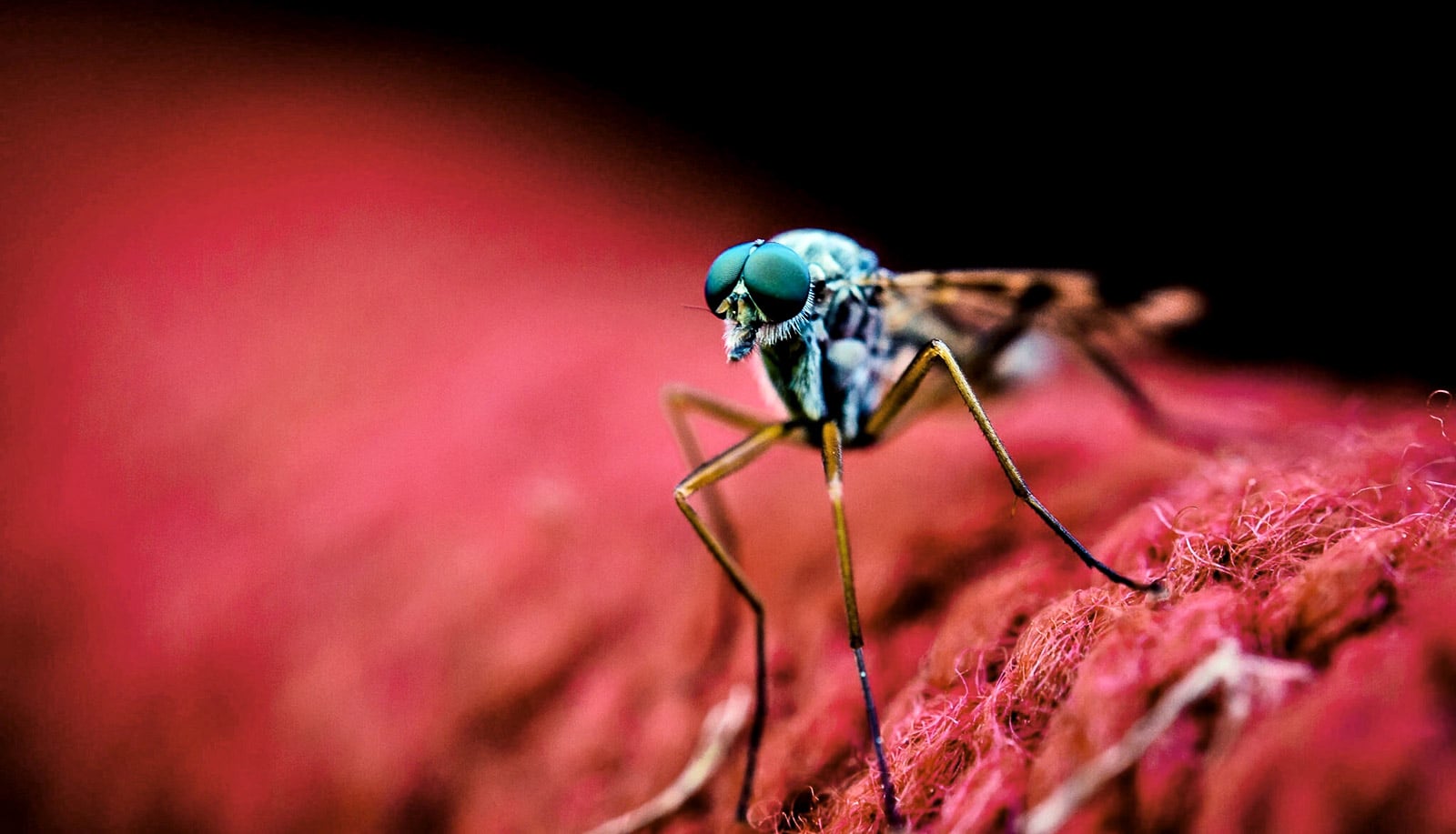An innovative control program reduced populations of invasive Asian tiger mosquitoes in several Maryland neighborhoods by an average of 76 percent, according to a new study.
The project, called Citizen Action through Science (Citizen AcTS), mobilizes neighbors guided by scientists to address local problems. The findings appear in Scientific Reports.
Researchers evaluated the approach in University Park, Maryland, which had about 1,000 residential yards infested with the invasive Aedes albopictus, primarily a major nuisance pest in temperate climates but a vector of chikungunya, yellow fever, dengue fever, and even Zika in more southern latitudes.
More than 500 homeowners purchased lethal oviposition traps in early 2017, set them up, and maintained them over the summer. The insecticide used was canola oil, a common household item.

Community ownership
“The Citizen AcTS model rejects the top-down approach that has consistently led to mosquito control failures,” says senior author Dina M. Fonseca, a professor in the entomology department and director of the Center for Vector Biology at Rutgers University.
“Instead, this model works through respectful exchanges among scientists and residents that lead to trust, buy-in by residents, and transferring program ownership to the community,” Fonseca says.
It has long been recognized that successful Aedes mosquito control programs in urban areas require community support. Worldwide, government and other organizations are increasingly using citizen-volunteers for large-scale mosquito surveillance and other labor-intensive activities. But using residents to control mosquitoes has rarely been successful due to high attrition and lack of personal motivation.
However, immature mosquitoes that typically develop in small containers in residential yards are an especially good target for citizen efforts because it’s difficult for state and county professionals to access and treat yards.
Commmunity collaboration
Initial participation in a mosquito control program largely depends on personal interest and awareness of social responsibility. Long-term participation often relies on cultivating strong relationships between volunteers and scientists, and between volunteers and their communities, the study says.
Under the Citizen AcTS model, residents purchase, deploy, and maintain low-cost (about $15) traps that target and kill egg-laying females. Scientific advisors mentor and work closely with volunteers, along with community leaders.
The researchers hope the approach to urban mosquito control will inspire other communities to try it. Last summer, they worked with communities in Maryland; Washington, DC; and New Jersey—and others in those areas and in North Carolina and Virginia have since expressed interest in trying this approach.
Long-suffering community members trying to get their neighbors interested in bee-friendly yards, solar panels, or runoff prevention have expressed how easy it is to get everyone “on board” when the objective is to kill mosquitoes.
“It’s a great conversation starter;” “I have met all my immediate neighbors;” and “we are thinking of using the ‘mosquito network’ to strengthen our community” are examples of positive feedback.
Brian Johnson, a former postdoctoral associate at Rutgers’ Center for Vector Biology, who is now a scientist at QIMR Berghofer Medical Research Institute in Queensland, Australia, is the study’s first author.
Source: Rutgers University



